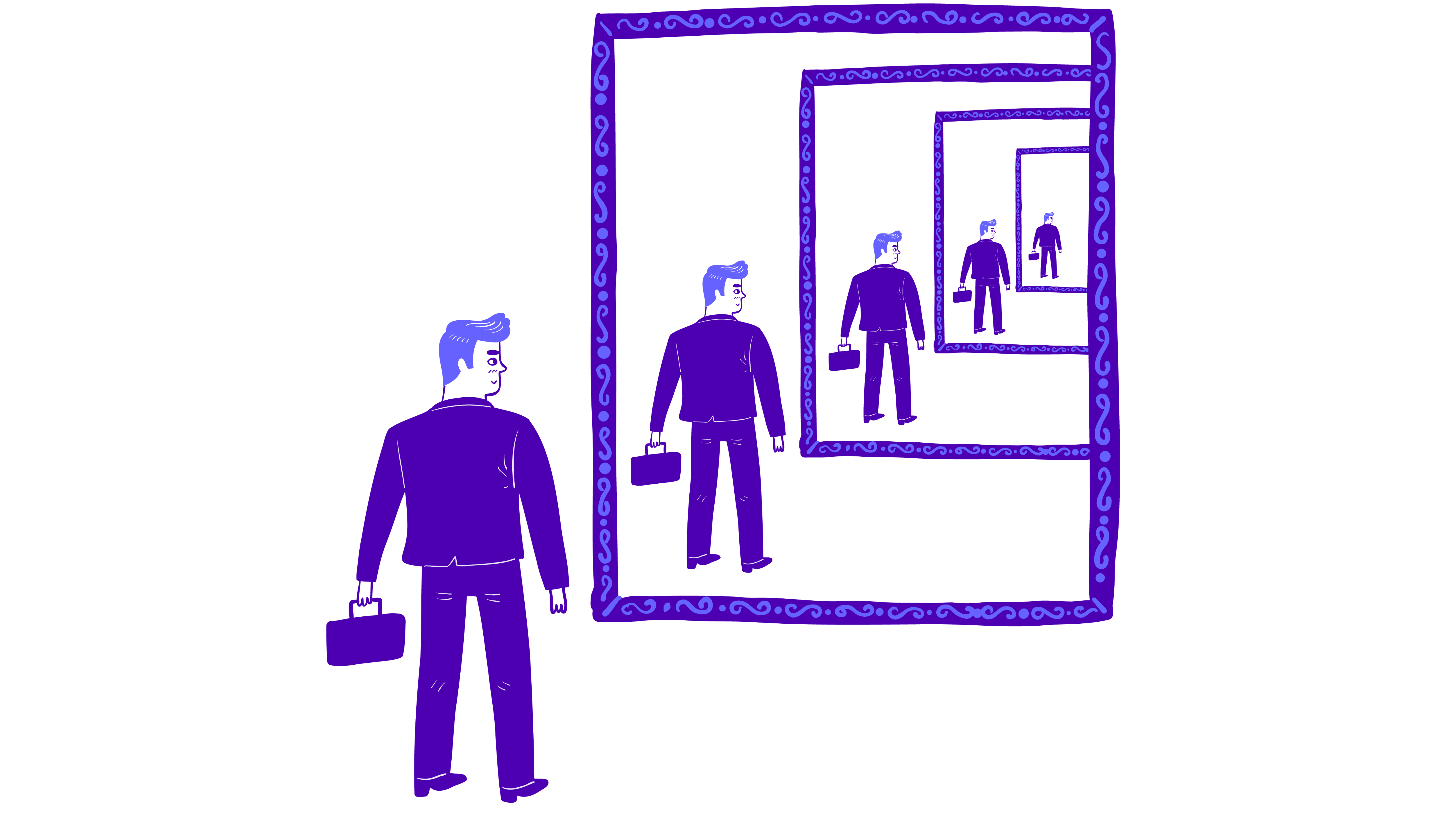
Mixed messages cost you deals. They slow sales, confuse buyers, and quietly shave points off valuation. If marketing, sales, and client success tell different versions of your story, momentum stalls—and exit value declines.
This post expands on what branding services actually include and shows how Backstory’s process turns brand work into measurable commercial lift. Read on if you want branding that’s strategic, validated by buyers, and built to scale.
What Branding Services Actually Cover
Branding services aren’t just identity and collateral. They’re the strategic toolkit that converts buyer insight into a repeatable go-to-market story.
Core components:
- Strategic Brand Narrative: the big idea that reframes the customer’s world.
- Messaging Frameworks: tailored language for ICPs, buyer stages, and channels.
- Message Market Fit®: buyer validation that eliminates guesswork.
- Organizational Alignment: enablement so teams use the same story.
- Exit-Ready Structure: brand equity that drives valuation and qualifies as EBITDA addbacks.
Think of branding as your market-facing operating system. When it’s coherent, every campaign, deck, and product page runs the same story—and buyers decide faster.
The Backstory Process — How We Turn Branding Services into Business Outcomes
We organize our work around a proven process:
The Backstory Brand Wheel™ Framework.
It has four practical steps: Brand Discovery, Brand Foundation, Brand Expression, and Brand Activation. Each one builds on the last. Each one moves you from scattered messaging to strategic clarity—and from noise to traction.
Let’s walk through it.
Step 1: Brand Discovery
Uncover the insights your brand needs to grow.
We don’t start with assumptions—we start with listening.
In this phase, we gather four kinds of insights:
- Company (how your team sees the brand)
- Customer (what your buyers actually want)
- Competitive (how others in your space are positioning themselves)
- Creative (how you’re showing up in the market)
We conduct in-depth interviews, review marketing touchpoints, and audit the competitive landscape. We look for gaps and tensions—the places where what you’re saying doesn’t match what your audience needs to hear.
This is where brand clarity begins.
“You can’t fix a perception problem with louder messaging. You fix it by understanding what buyers actually value.” — Jed Morley
Step 2: Brand Foundation
Define what your brand stands for—and how it wins.
Once we know how the world sees your brand, we work with you to define how you want it to be seen—and how to get there.
We build your Brand Foundation, which includes five essential elements:
- Brand Purpose – The difference you make in the world beyond making money.
- Brand Position – What space you want to own in your buyers’ minds.
- Brand Promise – The most important benefit you deliver.
- Brand Pillars – The core reasons you win.
- Brand Personality – The way your brand looks, sounds, and feels.
These elements don’t live in isolation. When done right, they fit together like a dovetail joint—tight, intentional, and built to last.
Most companies skip this work. The ones who don’t? They win with clarity.
Step 3: Brand Expression
Bring your brand to life in ways your audience can see and feel.
Once your foundation is set, it’s time to build the outward expressions of your brand. We’re not guessing here—we’re using the insights and decisions made in steps one and two to create strategic outputs.
This is where we develop:
- Brand Architecture
- Naming & Tagline
- Ideal Customer Profiles (ICPs)
- Customer Personas
- Marketing Messaging
- Visual Brand Identity (logo, typography, color system)
- Brand Narrative: Elevator Pitch, About Us, and Company Overview
- Style Guides for visual, verbal, and experiential consistency
Whether you’re going to market for the first time or repositioning after years of growth, this is the phase that turns strategy into something your audience can see, understand, and believe.
“Design without message is decoration. And decoration doesn’t convert.”
Step 4: Brand Activation
Put your brand to work—everywhere it matters.
You didn’t build a brand story to hide it in a PDF. You built it to activate it. Across your website. Your sales conversations. Your investor decks. Your ads. Your social posts.
This phase is about bringing your brand to market consistently across every touchpoint.
Backstory partners with experts across design, content, UX, SEO, paid media, and demand gen to make sure your story shows up the way it should.
We also help your team adopt and activate your brand internally. That includes:
- Playbooks for sales, marketing, and customer success
- Enablement workshops
- Rollout plans that stick
We don’t just provide deliverables. We drive adoption.
Because if your team can’t explain your value clearly, your prospects will never see it.
Company Branding Services — company-level transformation
Company branding services focus on the macro story: who you are, why you matter, and how your offering changes buyer outcomes.
Who benefits:
- Companies moving past founder-led sales.
- Organizations integrating acquisitions or entering new markets.
- Firms looking to increase deal size and shorten sales cycles.
Deliverables to prioritize:
- Strategic Brand Narrative that reframes customer assumptions and creates urgency.
- ICP and value-claim prioritization tied to buyer-tested evidence.
- Executive alignment sessions that shorten decision paths and create one version of the truth.
Why this increases valuation
When leadership, marketing, and sales use a consistent story, you speed decisions and reduce friction. That clarity shows up in cleaner pipelines and stronger multiples at exit.
Digital Marketing and Branding Services — where brand meets demand
Digital channels amplify both your strengths and your weaknesses. Incoherent messaging wastes ad spend and dilutes organic reach.
How branding improves digital performance:
- Validated messaging increases CTRs and on-page conversion.
- SEO content that uses buyer language attracts higher-intent traffic.
- Creative briefs based on the brand narrative reduce rework and improve creative relevance.
Metrics to watch:
- Conversion lift by campaign.
- Cost-per-lead and lead quality.
- Down-funnel metrics: MQL-to-opportunity conversion and pipeline velocity.
How to Choose the Right Branding Services Partner
Not every agency will move the business needle. Here’s how to evaluate partners through the right lens.
Must-have capabilities:
- Buyer validation built into the process (Message Market Fit®).
- Ability to link messaging to commercial KPIs that investors care about.
- Experience operationalizing frameworks across marketing, sales, and success.
Red flags:
- Heavy focus on aesthetics without buyer research.
- Vague deliverables and no measurement plan.
- No plan for organizational adoption.
Branding Services in Action
A few examples from the field:
- Gabb Wireless needed to reposition as more than a phone company. We helped them clarify their brand around a bigger promise: safe tech for kids. That story helped them scale from product company to platform—and it resonated with parents, partners, and investors alike.
- Nano-Yield had an innovative product in ag tech, but a confusing story. We helped them move from feature-focused messaging to value-based outcomes that growers actually understood—and trusted.
- Lucid Software needed to clarify why enterprise buyers should choose Lucidchart. After interviews with real users, we built a messaging framework that spoke directly to engineering, ops, and product leads—and unlocked a new wave of enterprise deals.
Pricing, ROI, and the Exit-Ready Argument
How to think about investment
Branding is a lever on commercial outcomes. Consider models that balance speed and risk: project fees for rapid narrative work; retainers for ongoing validation and scaling; performance components where appropriate.
Measure ROI like this:
- Short-term: conversion lift and improved lead quality.
- Mid-term: shortened sales cycles and higher average deal size.
- Long-term: clearer growth story, stronger multiples, and defensible EBITDA improvements.
If you can forecast how improved messaging changes pipeline velocity or deal size, you can make a clear business case for investment—and present that case to boards and investors.
6-Step Mini-Checklist to Evaluate Your Branding Needs
Run this one-week sprint to find where brand work will move the needle:
- List the top 3 buyer objections from sales calls this month.
- Scan five customer touchpoints for inconsistent messaging.
- Run a small Message Market Fit® test with 10–15 buyers.
- Identify one service to productize in 30 days.
- Map three commercial metrics you want to improve.
- Select a partner who embeds buyer validation and alignment into their process.
Final Word: Brand Clarity Is a Growth Strategy
If your brand is fuzzy, your business will be too.
When your messaging is clear, everything works harder:
- Marketing becomes more effective.
- Sales cycles shrink.
- Teams align.
- Investors understand your value faster.
Want to know where your brand stands?
Start with our free Brand Wheel™ Assessment and get a visual snapshot of your strengths and gaps—plus clear next steps.


.png)

%20-%20Made%20with%20PosterMyWall.jpg)
.png)
.png)
.png)

.png)




.png)

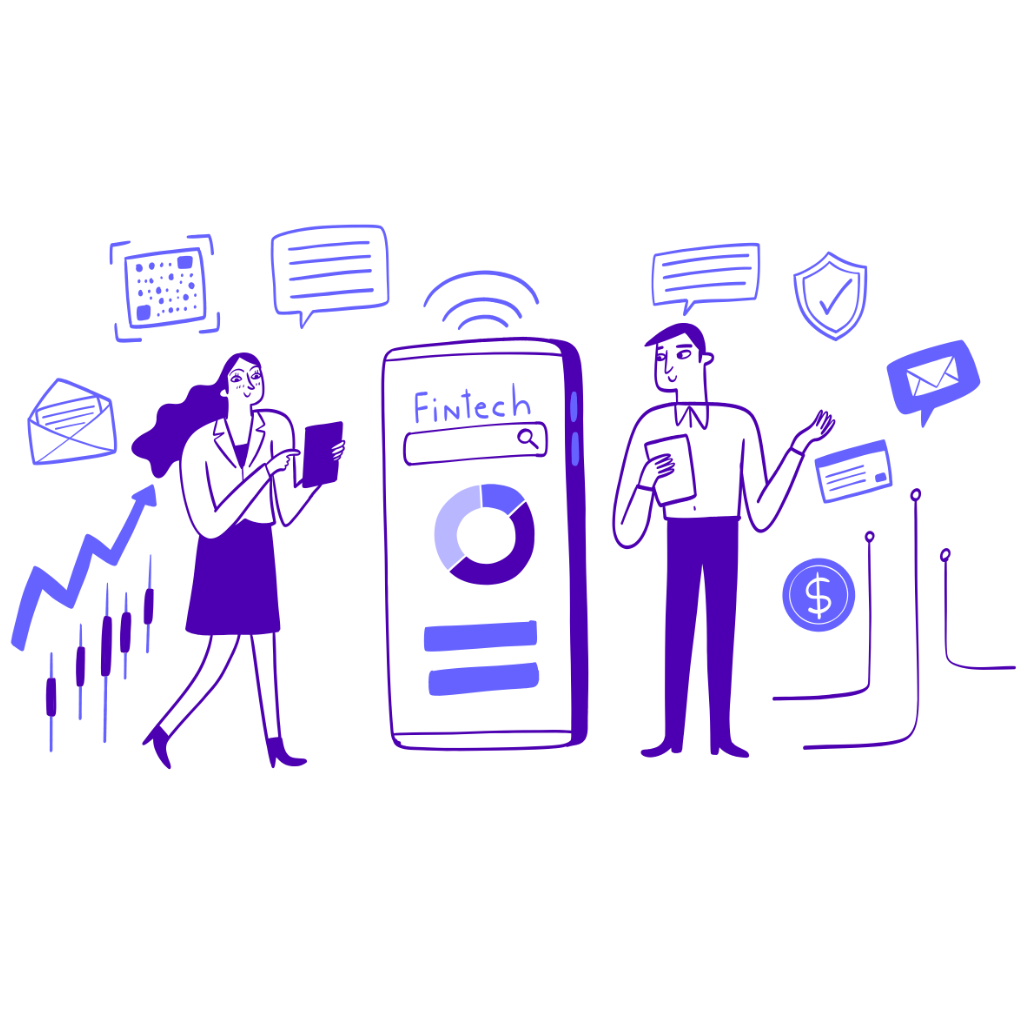

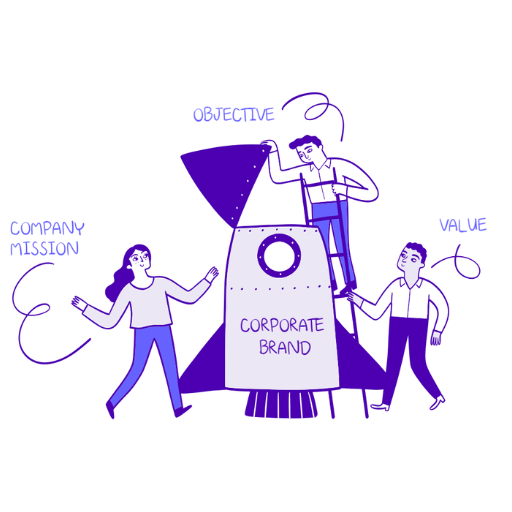
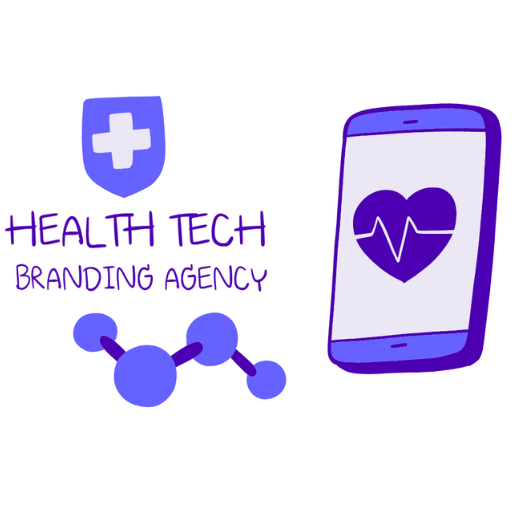
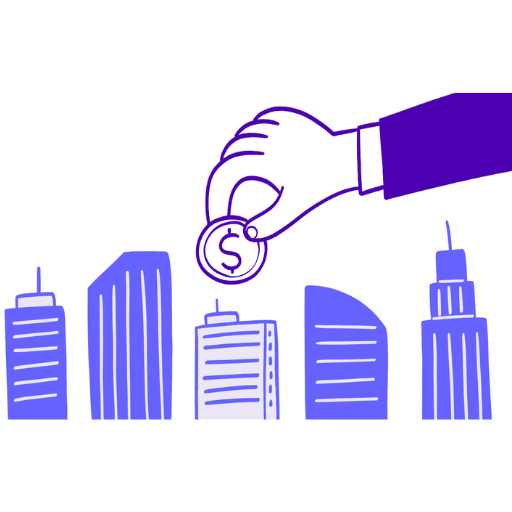


.png)
.png)
.png)
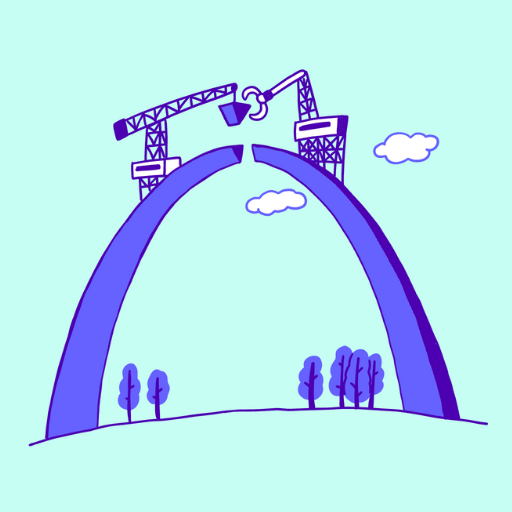
.png)

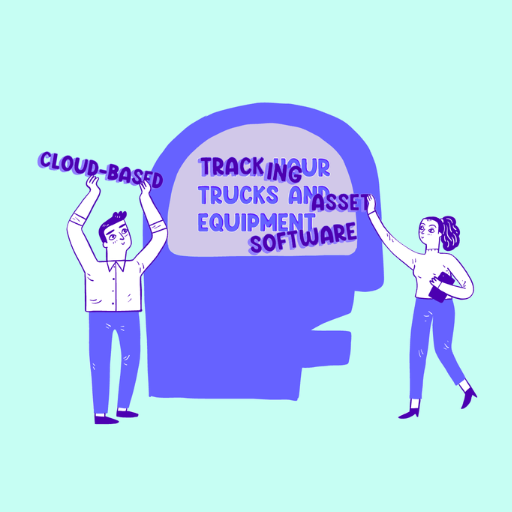
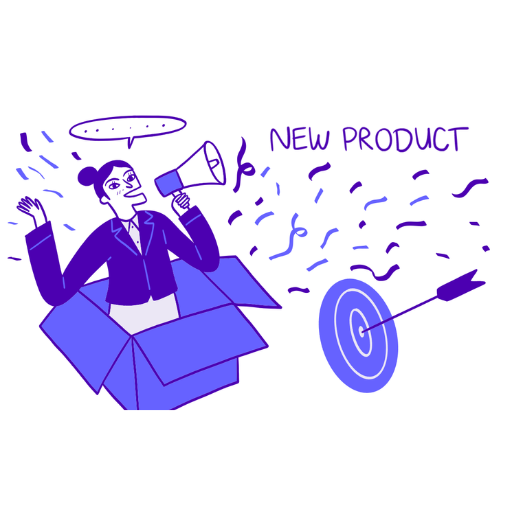
.png)




.png)







.png)
.png)

.png)
.png)


.png)
.png)


.png)
.png)

.png)
.png)
.png)
.png)